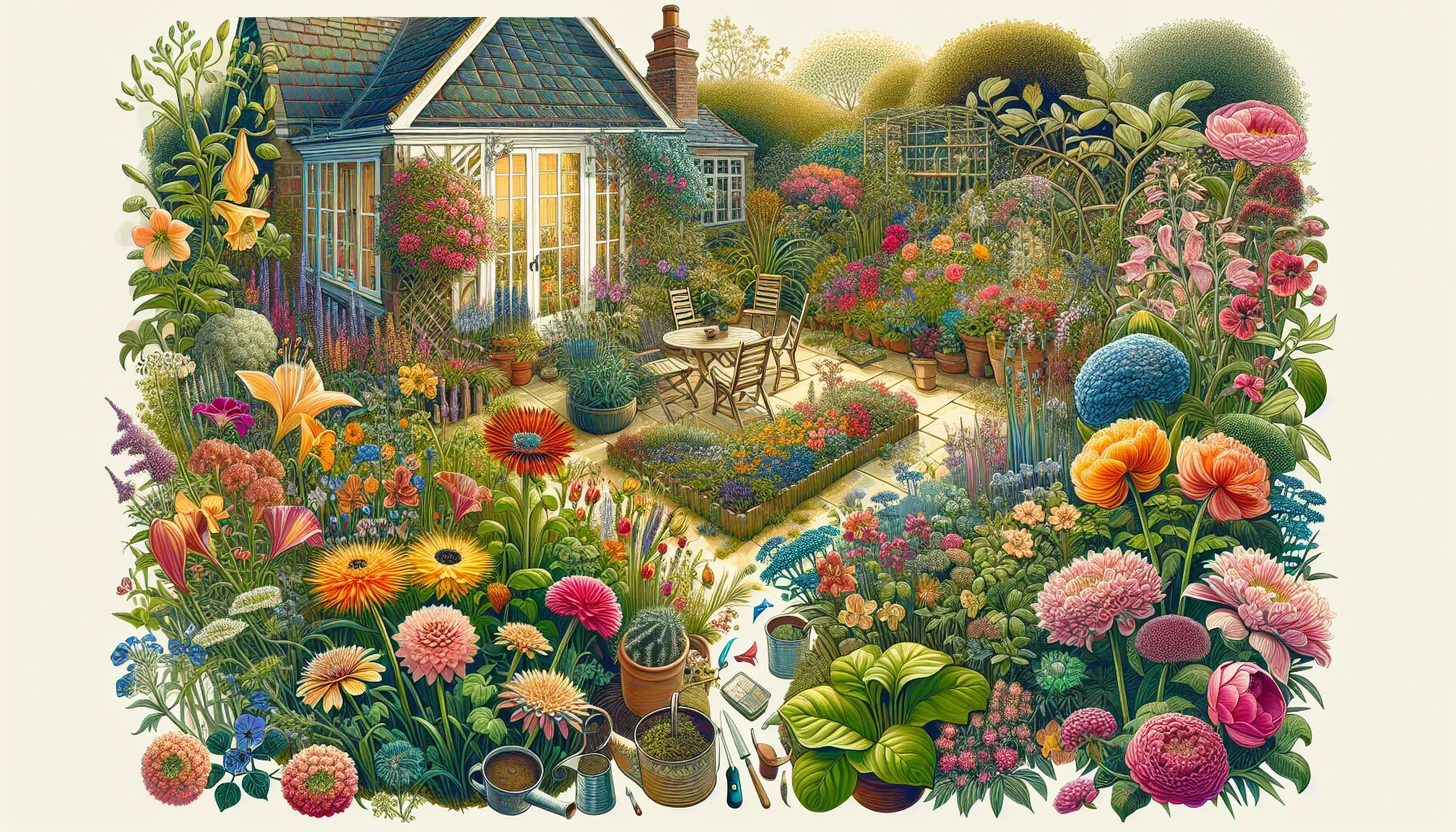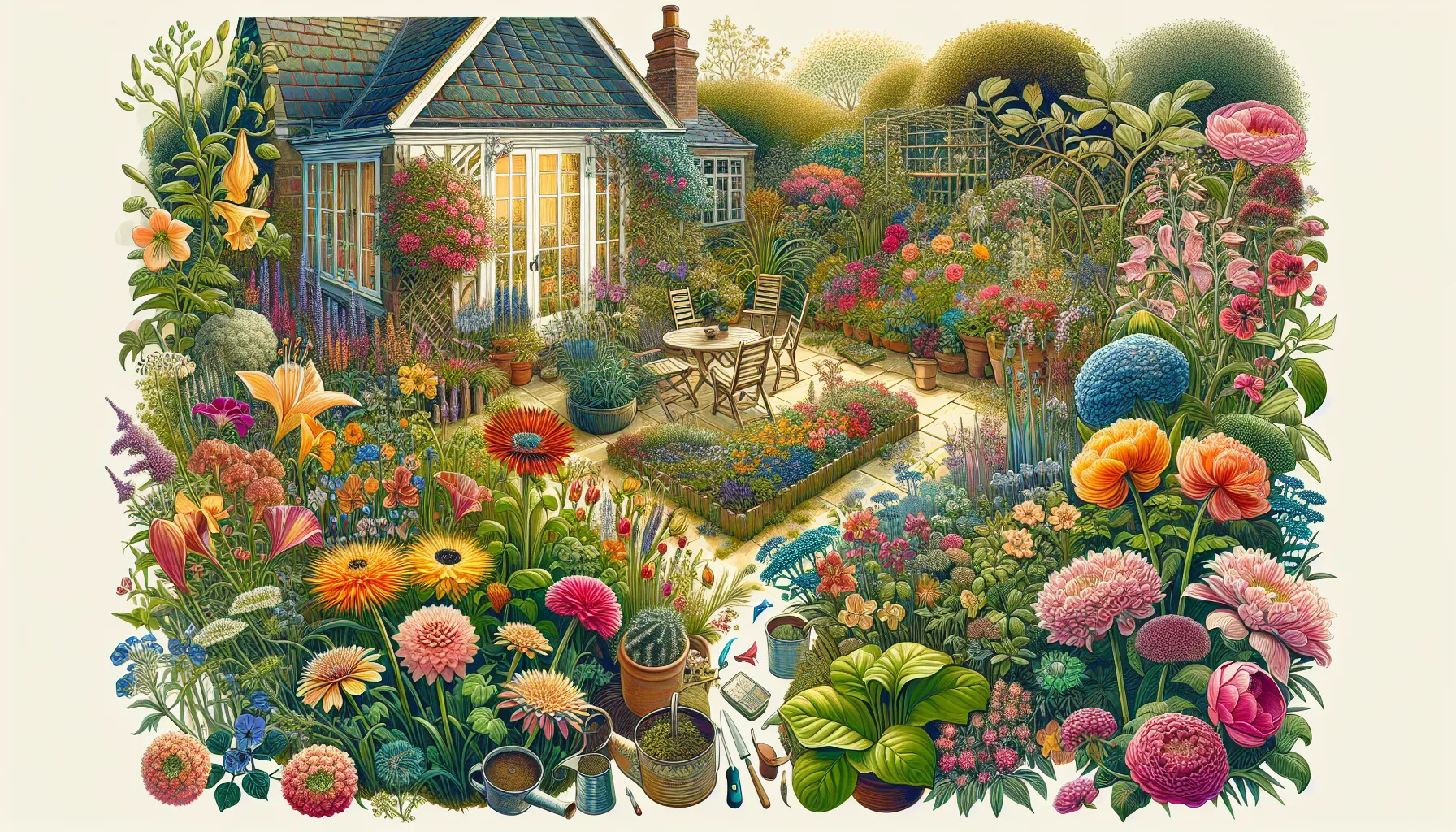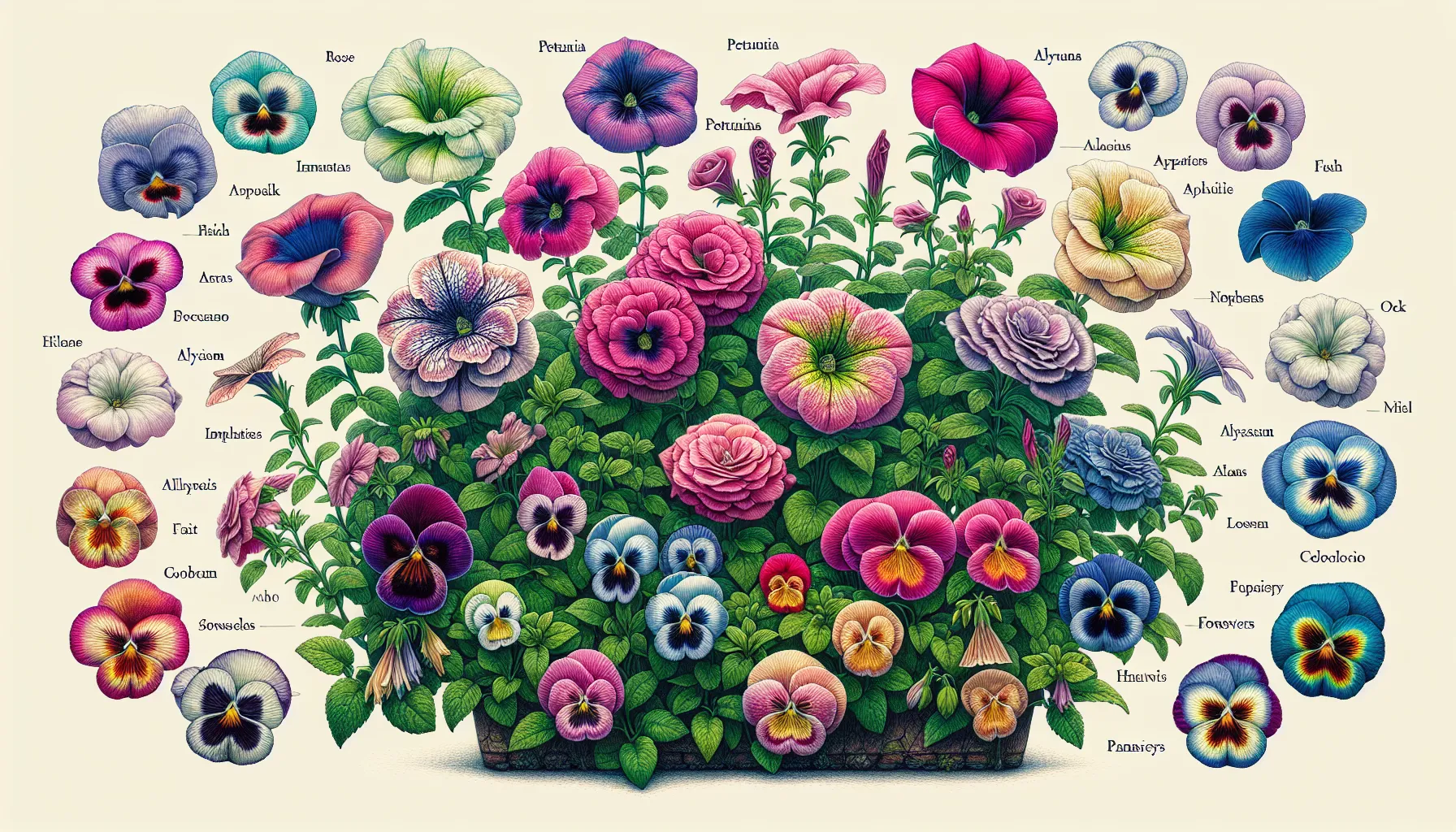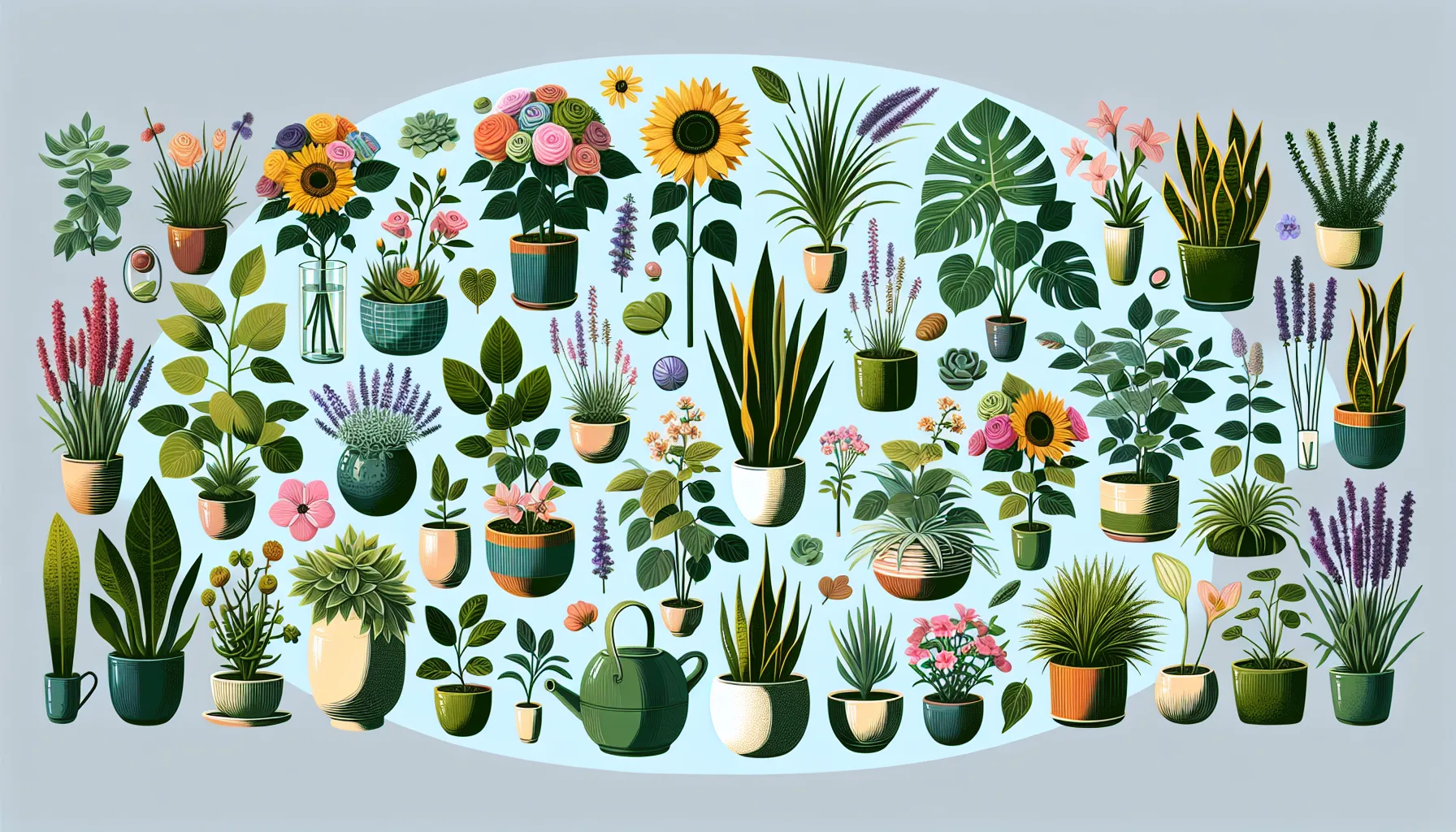
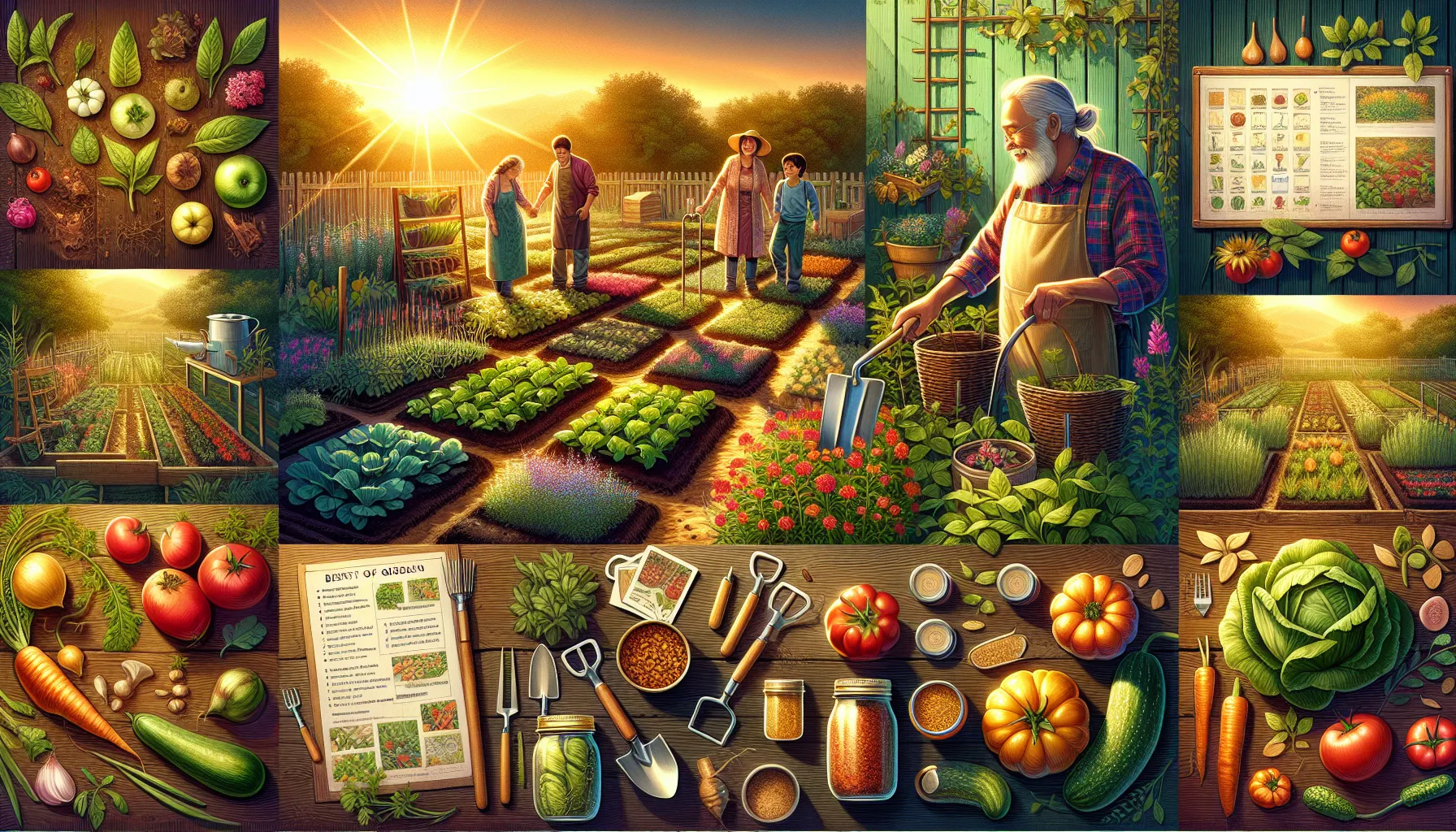
Have you ever thought about starting a veggie garden? It’s more than just planting seeds and watching them grow. Having a veggie garden comes with a bunch of cool benefits. First off, you get to eat what you grow! Imagine having fresh tomatoes, cucumbers, and carrots right in your backyard. It’s healthier because you know there are no weird chemicals on your food.
Another awesome benefit is it’s good for the environment. Plants help clean the air, and by growing your own veggies, you’re cutting down on the pollution that comes from transporting food from faraway places to your grocery store. Plus, it’s a fun way to get outside, enjoy some sunshine, and get your hands a little dirty.
Starting a veggie garden might seem a bit challenging at first, but it’s actually a really rewarding experience. First of all, you get to see the direct results of your hard work. When you take care of your plants, and they start to grow and produce veggies, it’s super satisfying. You’re basically creating life, which is pretty cool!
Also, gardening can be a great way to relax and de-stress. Spending time outside, working with plants, can help you feel more peaceful and calm. It’s a great way to take a break from screen time or homework.
Lastly, starting a veggie garden can teach you a lot. You’ll learn about different types of plants, how they grow, and what they need to be healthy. You might even discover a new passion for gardening. Plus, it’s a fun activity you can share with your family or friends, making it even more rewarding.
So, as you can see, starting a veggie garden is not only beneficial for your health and the environment, but it’s also a rewarding and educational experience. Why not give it a try? Who knows, you might end up with a green thumb!
Creating a veggie garden is a fun and rewarding project. To start, you’ll need to do a bit of planning. This will help make sure your garden is successful and you get to enjoy lots of delicious veggies.
The first step in planning is to choose the best spot for your garden. Vegetables need plenty of sunlight to grow well, so look for a place that gets at least six hours of direct sunlight every day. If you’re not sure, watch how the sun moves across your yard for a few days to find a sunny spot.
Also, think about water. Your garden will need to be watered regularly, so a spot close to a water source will make things much easier. Finally, if possible, choose a place that’s sheltered from strong winds which can damage plants.
Not all vegetables grow well in all conditions. To pick the right veggies for your garden, you’ll need to know about your region’s climate. Some vegetables, like tomatoes and peppers, love warm weather. Others, like lettuce and carrots, can grow in cooler temperatures.
A good way to find out what grows best in your area is to check with a local nursery or look for a gardening guide online specific to your region. You can also talk to neighbors who garden or join a local gardening club for advice.
Remember, it’s important to choose vegetables that you and your family like to eat. There’s no point in growing a bunch of beets if no one’s going to enjoy them!
If you don’t have a lot of space for a garden, don’t worry! Many vegetables do well in containers. This type of gardening is perfect for small yards or even balconies.
When choosing containers, make sure they’re big enough for the plants to grow and have holes in the bottom for water to drain out. You can grow almost any vegetable in a container, but some of the easiest ones to start with are herbs, tomatoes, peppers, and lettuce.
Container gardening is also great because you can move the pots around to make sure they get enough sunlight, and you won’t have to deal with as many weeds. Plus, it’s a bit less work than starting a garden in the ground.
No matter how much space you have, you can plan a veggie garden that works for you. Just remember to choose the right location, pick vegetables that will grow well in your climate, and consider container gardening if you’re short on space. With a little planning, you’ll be on your way to growing your own tasty vegetables.
| Consideration | Details | Tips |
|---|---|---|
| Choosing the Right Location | Ideally a spot with at least 6 to 8 hours of sunlight daily. | South-facing areas are typically preferred. |
| Deciding What Vegetables to Grow | Base choices on local climate, soil type, and available space. | Research local hardiness zones for guidance. |
| Considering Container Gardening | For limited spaces, such as balconies or patios. | Use high-quality potting mix for best results. |
| Water Access | Ensure your garden location has easy access to water. | Consider installing a drip irrigation system. |
| Soil Quality | Test soil for pH and nutrients. Amend as needed. | Compost can improve soil texture and fertility. |
| Pest Control | Identify common local pests and choose preventive measures. | Floating row covers can protect young plants. |
| Crop Rotation and Companion Planting | Plan to rotate crops and use companion planting for health. | Helps in preventing disease and pest issues. |
I have always loved the idea of having a vegetable garden in my backyard, but I never knew where to start. After reading up on various tips and tricks for planning a successful veggie garden, I decided to take the plunge and create my own little oasis.
I carefully selected the perfect spot in my yard that receives plenty of sunlight and has good drainage. I mulled over which vegetables to grow, taking into consideration my region and climate. I opted for tomatoes, peppers, and herbs that thrive in my area and would provide me with a bountiful harvest.
To maximize my limited space, I decided to try container gardening for the first time. I found cute little pots and planters that not only added a touch of charm to my garden but also allowed me to grow more veggies than I thought possible.
As the season progressed, my veggie garden flourished. I found so much joy in tending to my plants, watching them grow and produce beautiful, healthy vegetables. Harvesting my own fresh produce and incorporating it into meals for my family was incredibly rewarding.
My veggie garden quickly became my oasis, a place where I could escape the stresses of everyday life and connect with nature. It taught me patience, perseverance, and the importance of nurturing living things. I can’t wait to continue expanding and improving my veggie garden in the years to come.
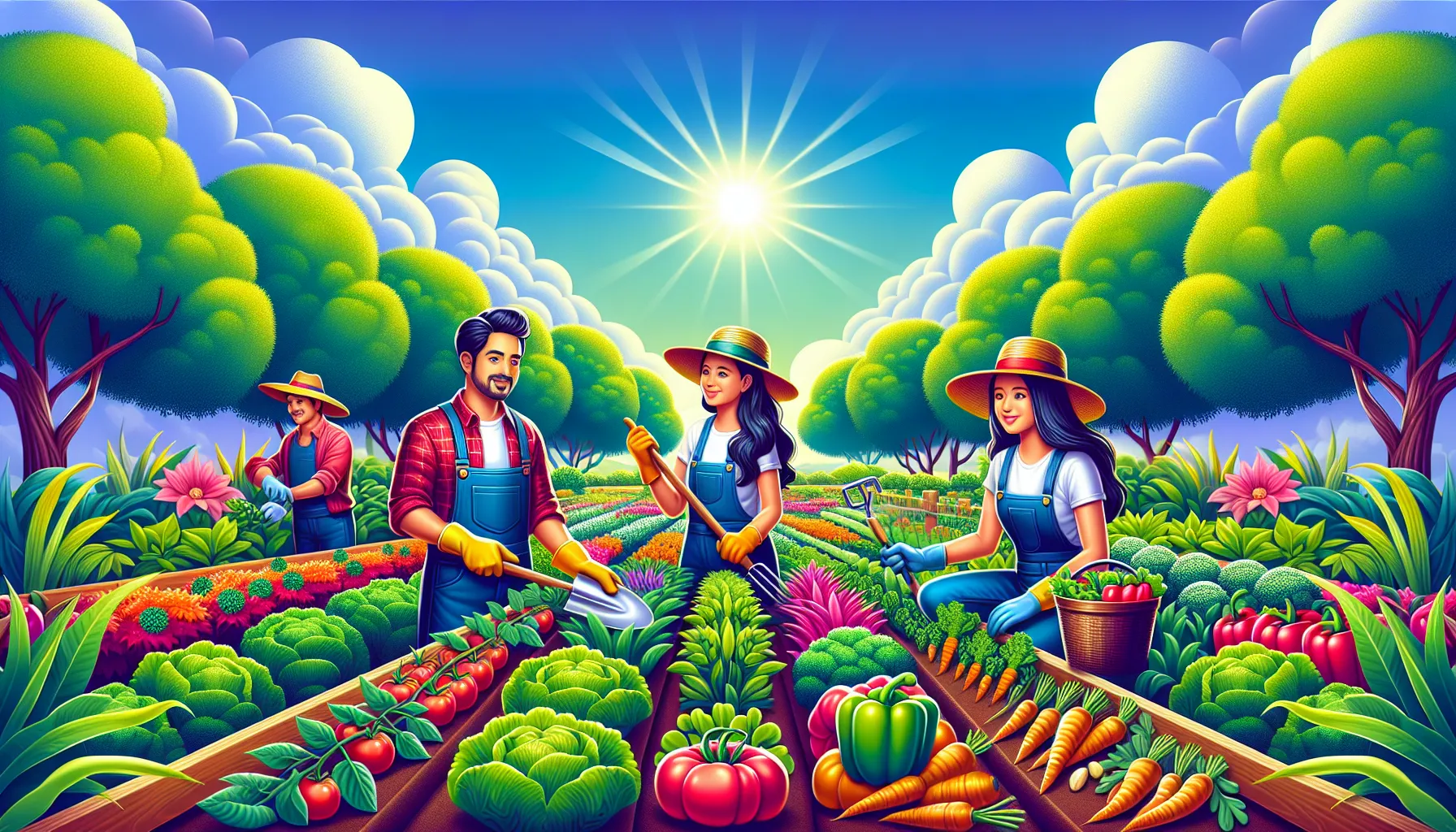
Creating a bountiful vegetable garden starts with two crucial steps: preparing the soil and planting your veggies correctly. In this section, we’ll go over the best ways to get your soil ready and how to choose between planting seeds directly into the garden or starting with seedlings. We’ll also touch on how to space your plants and the benefits of companion planting.
Before you even think about putting plants into the ground, you need to make sure your soil is ready. This is what will feed your plants and help them grow strong and healthy.
When it comes to planting, you can start with seeds or you can buy young plants (seedlings) that are already started. Each has its pros and cons.
How you arrange your plants can make a big difference in how well they grow.
Getting your garden’s soil ready and choosing how to plant your veggies are the first steps towards enjoying a flavorful harvest. With a little preparation and planning, you can set your vegetable garden up for success.
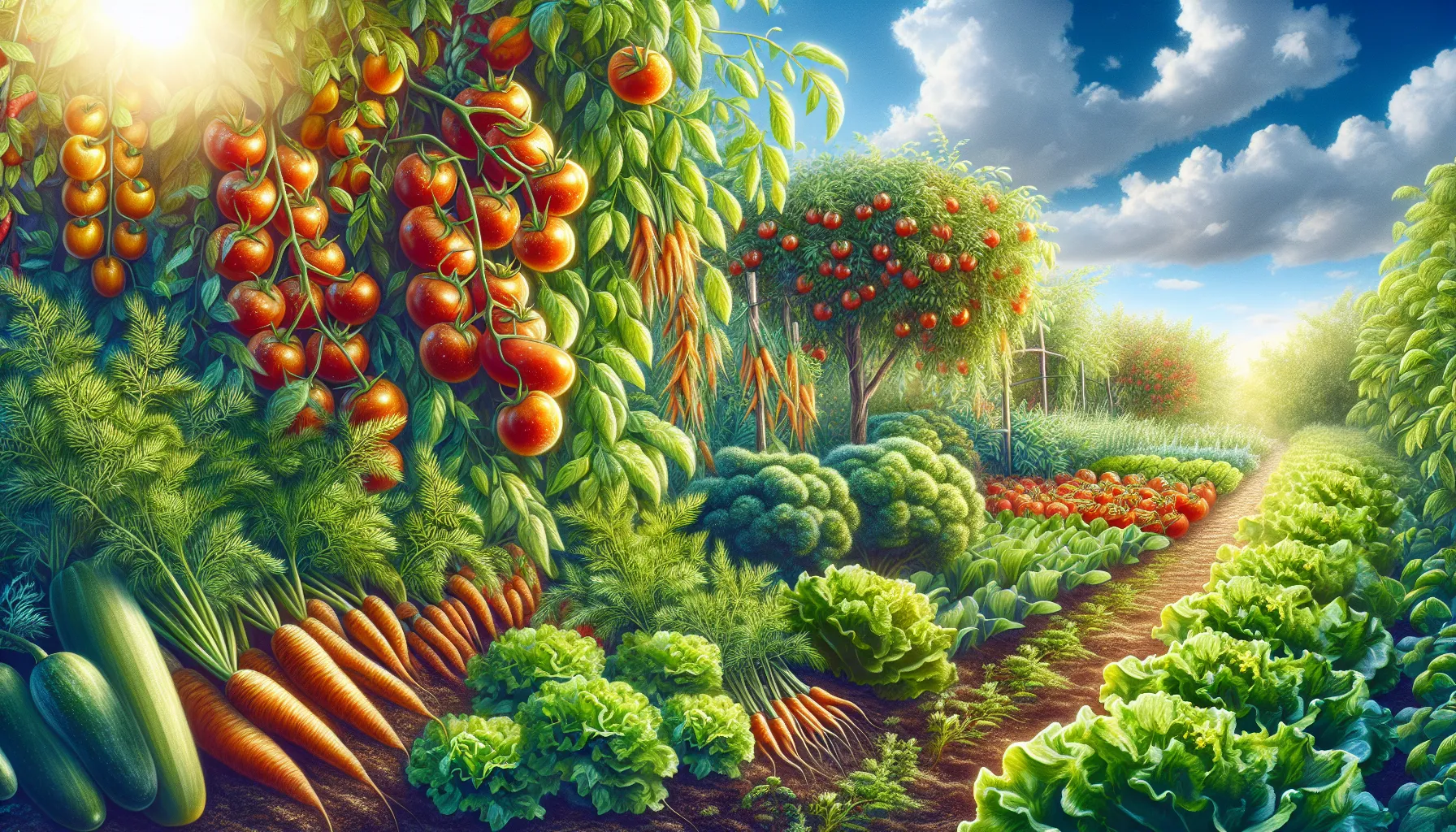
Taking care of your veggie garden is like taking care of a pet. It needs your attention, love, and the right methods to make it grow and flourish. Here are some tips on how to do just that, so you can enjoy a bountiful harvest of fresh vegetables.
Watering is like giving your plants a drink. They need water to grow, but too much or too little can harm them. The key is to water deeply but not too often. This encourages the roots to grow deep, making the plants stronger. Try to water your garden early in the morning or late in the afternoon when the sun isn’t too strong. This stops the water from evaporating too quickly and gives the plants time to drink up.
Fertilizer is like food for your plants. It gives them the nutrients they need to grow big and strong. But, just like humans, if they eat too much, it can be harmful. Use organic fertilizers like compost or worm castings. They are natural and good for the soil and plants. You should fertilize your garden a few times during the growing season, but follow the instructions on the fertilizer package to make sure you’re using the right amount.
Pests can be a big problem in the garden, but you don’t need to use chemicals to get rid of them. There are many natural ways to keep pests away. For example, planting marigolds around your veggie garden can help keep certain bugs away because they don’t like the smell of marigolds. Another way is to invite birds into your garden by putting up a bird feeder or a birdhouse. Birds eat many common garden pests.
You can also make a natural pest spray by mixing water with a little dish soap and some garlic or hot pepper. Spray this on the plants, and it can help keep bugs away. Be sure to test it on a small part of the plant first to make sure it doesn’t harm the plant.
Weeds are like unwanted guests in your garden that take away nutrients and space from your plants. To stop them from taking over, make sure you pull them out regularly. Doing this by hand is the best way, especially around your delicate plants. Mulching around your plants can also help prevent weeds by blocking the sunlight they need to grow.
Just like people, plants can get sick too. If you notice your plants have spots on their leaves or they’re not growing as well as they should, they might have a disease. One of the best ways to prevent diseases is to make sure there is enough space between your plants. This helps with air circulation and reduces the chance of disease spreading. If you do spot a diseased plant, it’s best to remove it from your garden to prevent the disease from spreading to healthy plants.
Caring for your veggie garden might seem like a lot of work, but it’s very rewarding. By giving your plants the right amount of water and nutrients, keeping pests and diseases under control, and dealing with weeds, you’ll be on your way to a healthy and productive garden. Not to mention, there’s nothing quite like the taste of veggies you’ve grown yourself!
It is important to water your vegetable plants regularly, especially during hot and dry periods. Generally, plants need about 1-2 inches of water per week, but this can vary depending on the type of vegetable and your specific growing conditions.
There are many different fertilization methods for vegetable gardens, including organic options like compost and manure, as well as synthetic fertilizers. It is important to do a soil test to determine what nutrients your plants need before choosing a fertilizer. Always follow the instructions on the package for the best results.
There are several natural pest control methods you can use in your vegetable garden, such as companion planting, using beneficial insects, and handpicking pests off plants. You can also try making homemade sprays with ingredients like neem oil, garlic, and soap to deter pests.
Weeds can compete with your vegetable plants for water, nutrients, and sunlight, so it is important to regularly weed your garden. If you notice signs of disease on your plants, such as spots, wilting, or discoloration, it is best to remove and dispose of the affected plants to prevent the spread of disease. Consider rotating your crops and practicing good garden hygiene to prevent future outbreaks.
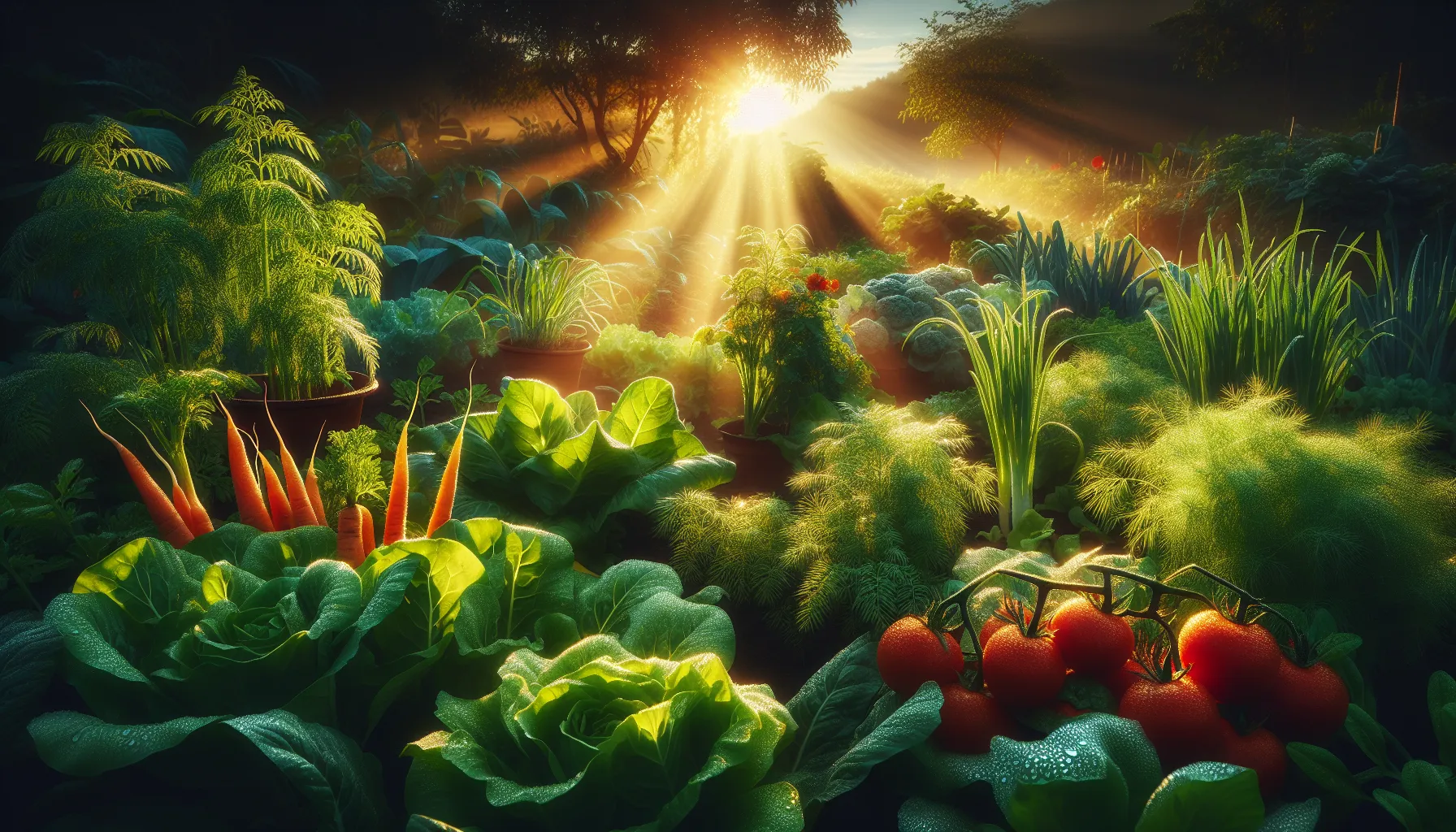
Gardening is not just about planting seeds and watering them; it’s also about the joy of harvesting and enjoying the fruits (or vegetables) of your labor! Here’s how you can make the most out of your veggie garden’s bounty.
Timing and technique are key when it comes to harvesting your veggies. Picking them at the right moment ensures the best taste and nutrition. Here’s a quick guide:
Remember, the more you pick, the more your plants will produce, so don’t be shy about harvesting!
Fresh veggies are versatile and can be the star of many dishes. Here are a few recipe ideas to inspire you:
Sometimes, your garden might produce more than you can eat fresh. Here’s how you can store and preserve your harvest:
With these tips, you can enjoy the flavors of your garden all year long. Remember to label everything with the date it was preserved to keep track of freshness. Enjoy the fruits of your labor and start thinking about what you’ll plant next season!
Choose the right location: Make sure your vegetable garden receives at least 6-8 hours of sunlight each day and has good drainage to prevent waterlogging.
Plan your layout: Consider which vegetables grow well together and rotate your crops each season to prevent soil depletion. Companion planting can also help repel pests and improve soil health.
Start with quality soil: Invest in good quality compost and organic fertilizer to provide your plants with the nutrients they need to thrive. Consider testing your soil pH and amending as needed.
Stay on top of watering and weeding: Vegetables need consistent moisture to grow properly, so make sure to water your garden regularly, especially during dry spells. Keep on top of weeding to prevent competition with your plants.
Implement natural pest control methods: Avoid using harsh chemicals in your garden by attracting beneficial insects, such as ladybugs and lacewings, to control pests naturally. Consider planting flowers like marigolds and herbs like basil to deter unwanted visitors.
Gardening isn’t just about getting your hands dirty or filling your yard with green. It’s a journey of growth, both for you and your veggies. As we wrap up, let’s remind ourselves why starting a veggie garden is a step towards a healthier, happier life.
Every seed you plant brings you closer to a healthier lifestyle. Vegetables straight from your garden are packed with nutrients, flavors, and a freshness that store-bought veggies struggle to match. Plus, the act of gardening itself is a great physical workout and a proven stress reliever. It’s a double win for your health and happiness.
By growing your own veggies, you’re doing the planet a favor too. Home gardening means fewer trips to the store, which reduces your carbon footprint. Plus, you’re likely to use fewer pesticides (or none at all), making your garden a safe haven for bees, butterflies, and other beneficial creatures.
Imagine having a supply of your favorite veggies right at your doorstep. Gardening reduces the need to buy vegetables and can significantly trim down your grocery bills. Plus, it’s incredibly rewarding to cook with ingredients that you’ve grown yourself, which tastes all the better for it.
Now that we’ve revisited the why, it’s time to talk about the how – how you can start your journey towards gardening success. Remember, every big garden started with a single plant. You don’t need a lot of space or fancy tools; a small area or even a few pots on a balcony can be the beginning of your gardening adventure.
Gardening is a series of trials and errors, and that’s part of the fun. Some plants will thrive while others might need a bit more care (or a different spot in the garden). It’s all about learning and growing, both as a gardener and as an individual.
There’s a whole community of gardeners out there, from beginners to experts, all with stories to share and advice to give. Don’t be afraid to ask questions or seek out gardening groups online or in your local community. The gardening world is a friendly and supportive one.
The best time to start is today. Whether it’s deciding on what veggies to grow or preparing your garden beds or pots, every step brings you closer to the joys of gardening.
In closing, remember that your veggie garden is a reflection of your care, dedication, and love for nature. The rewards are plentiful, from the health benefits and environmental contributions to the simple joy of watching your garden grow. So, here’s to green thumbs, fresh veggies, and the endless joys of gardening. Let’s get planting!

